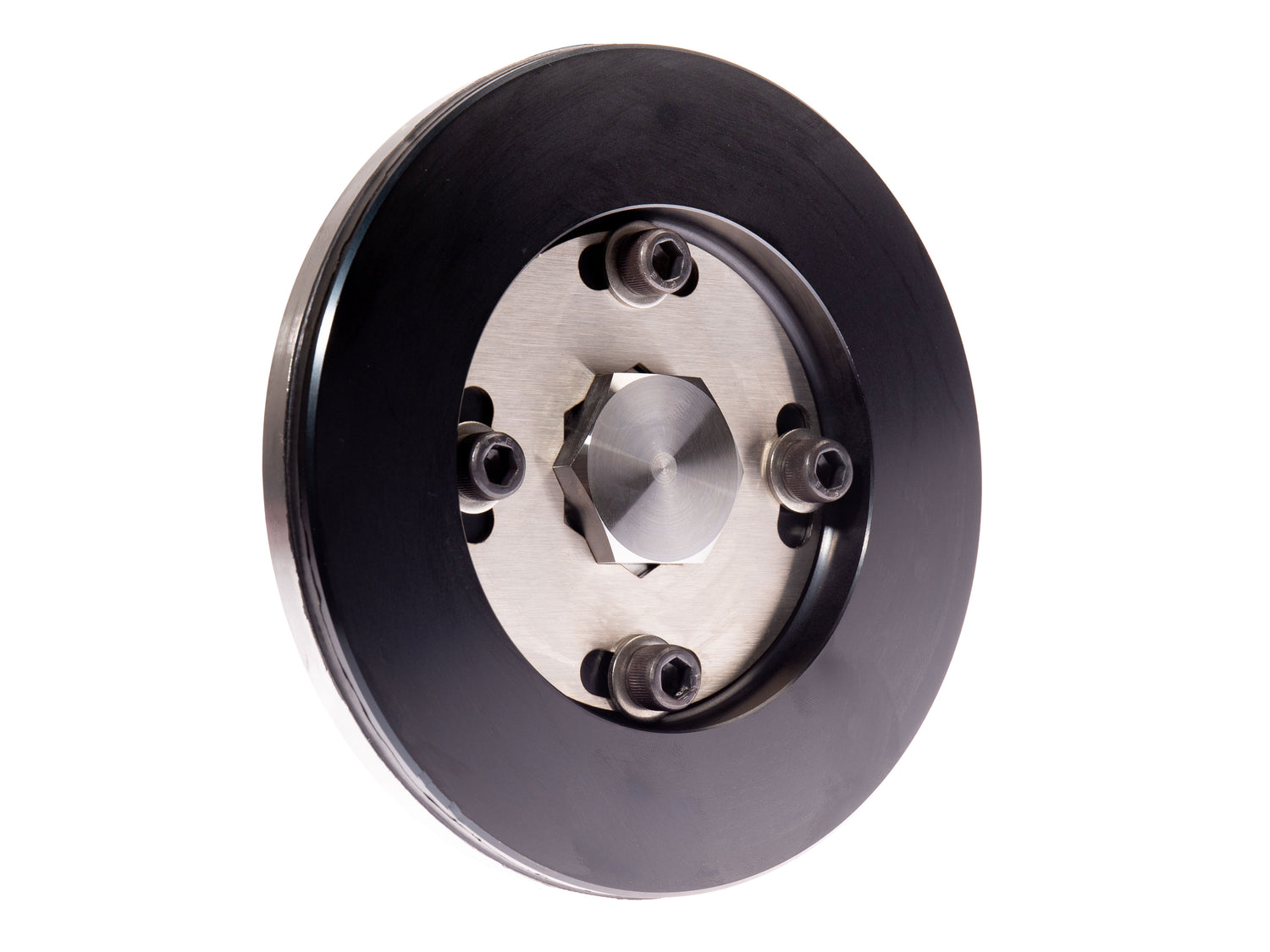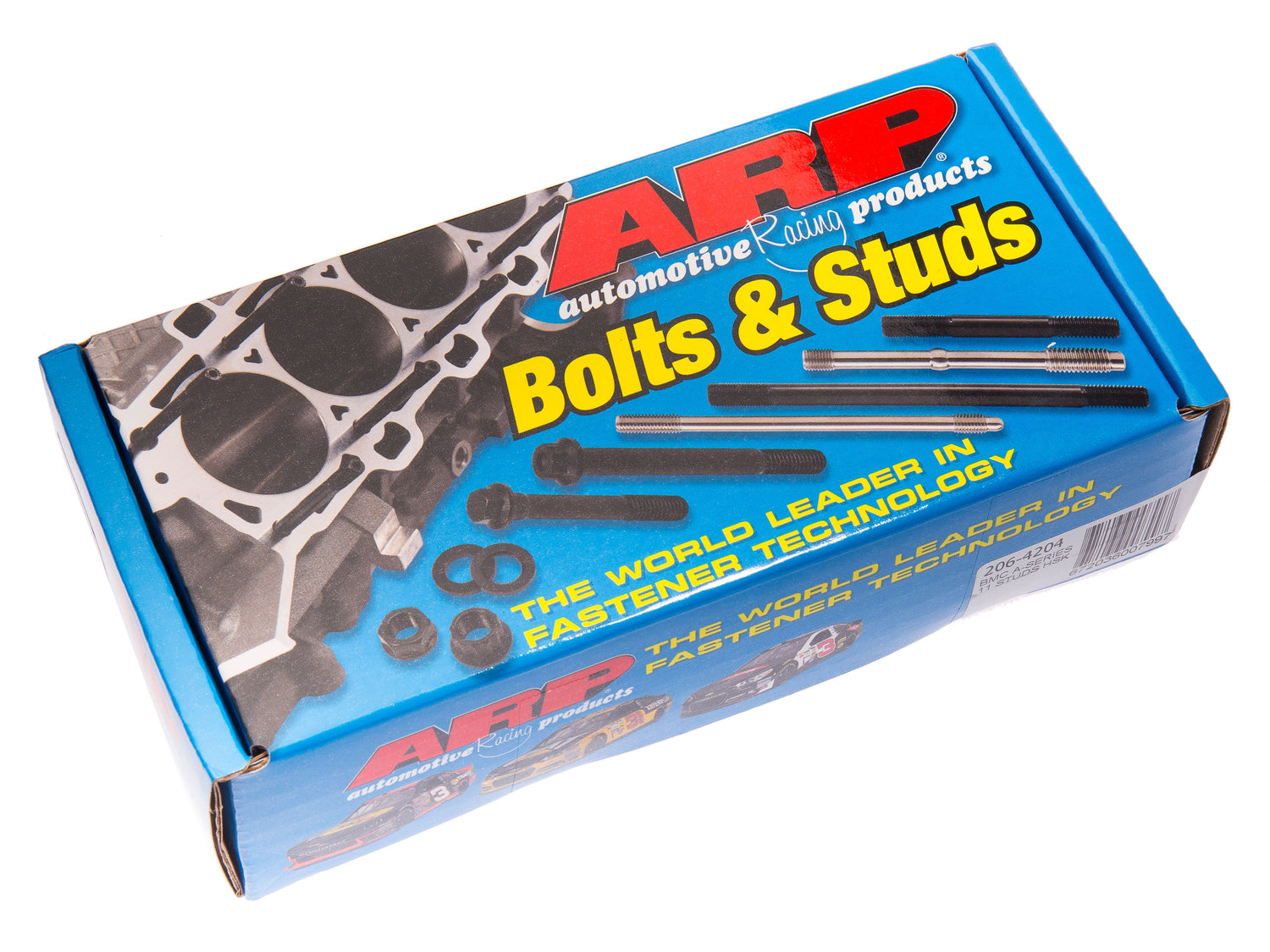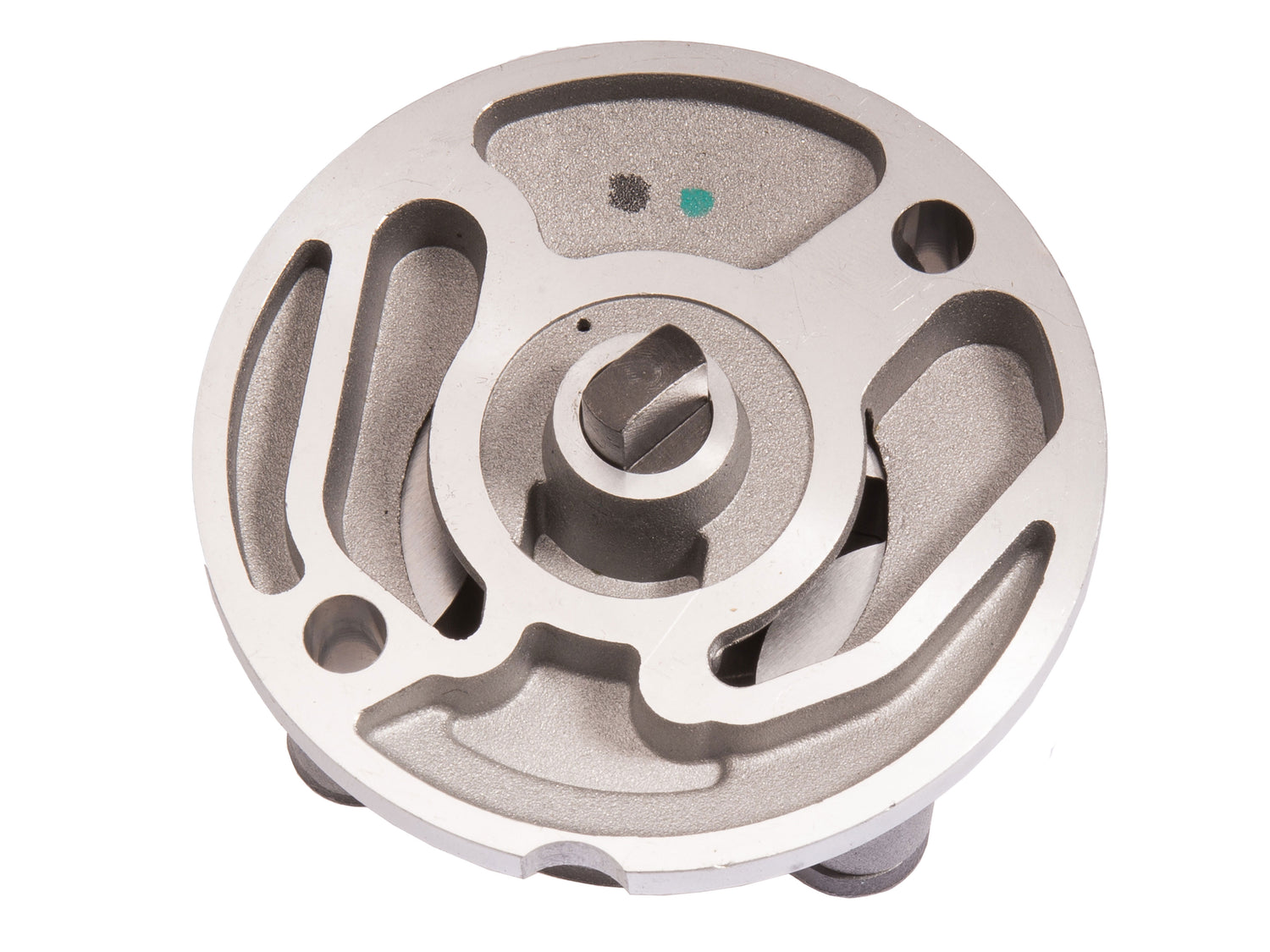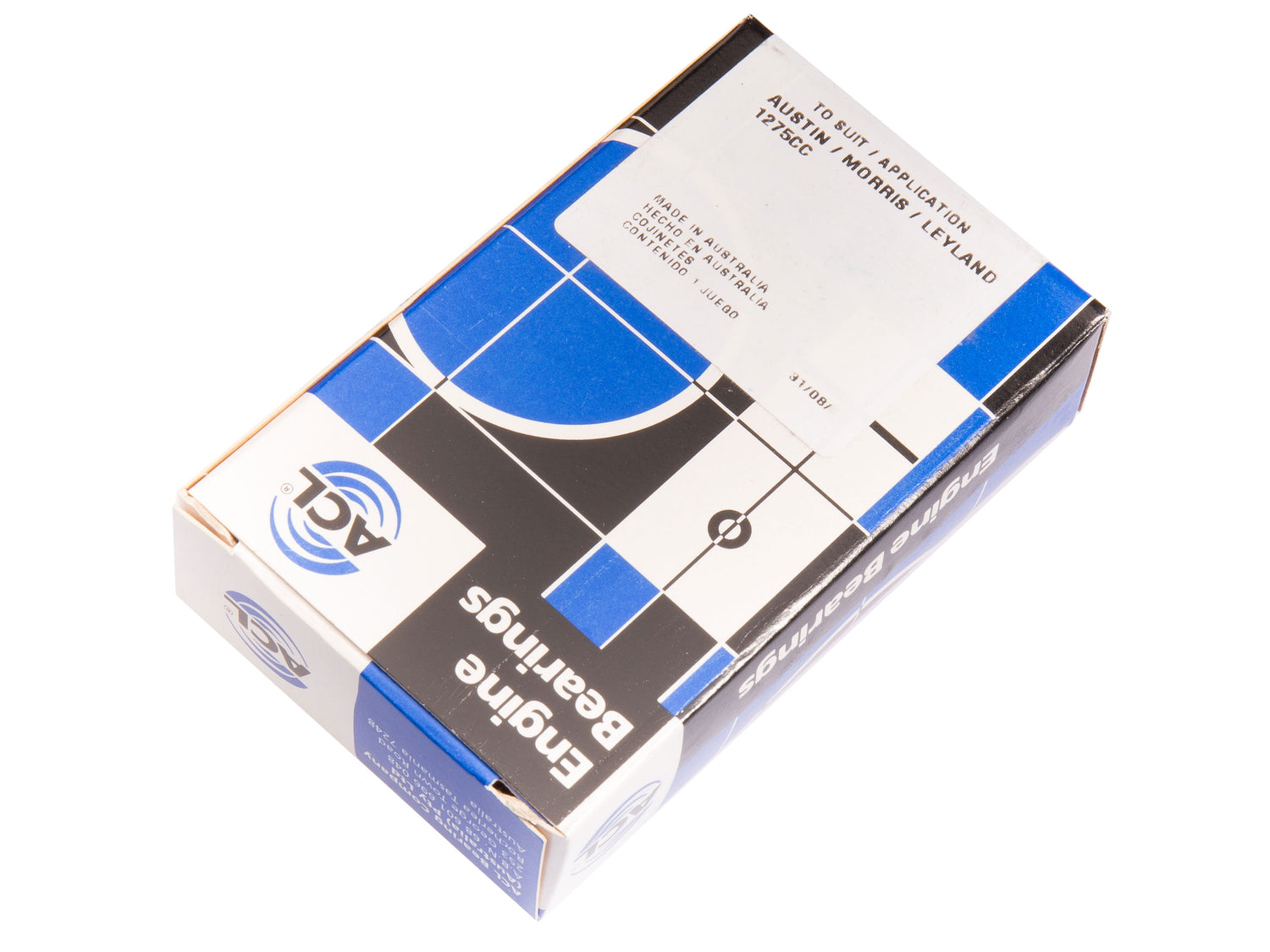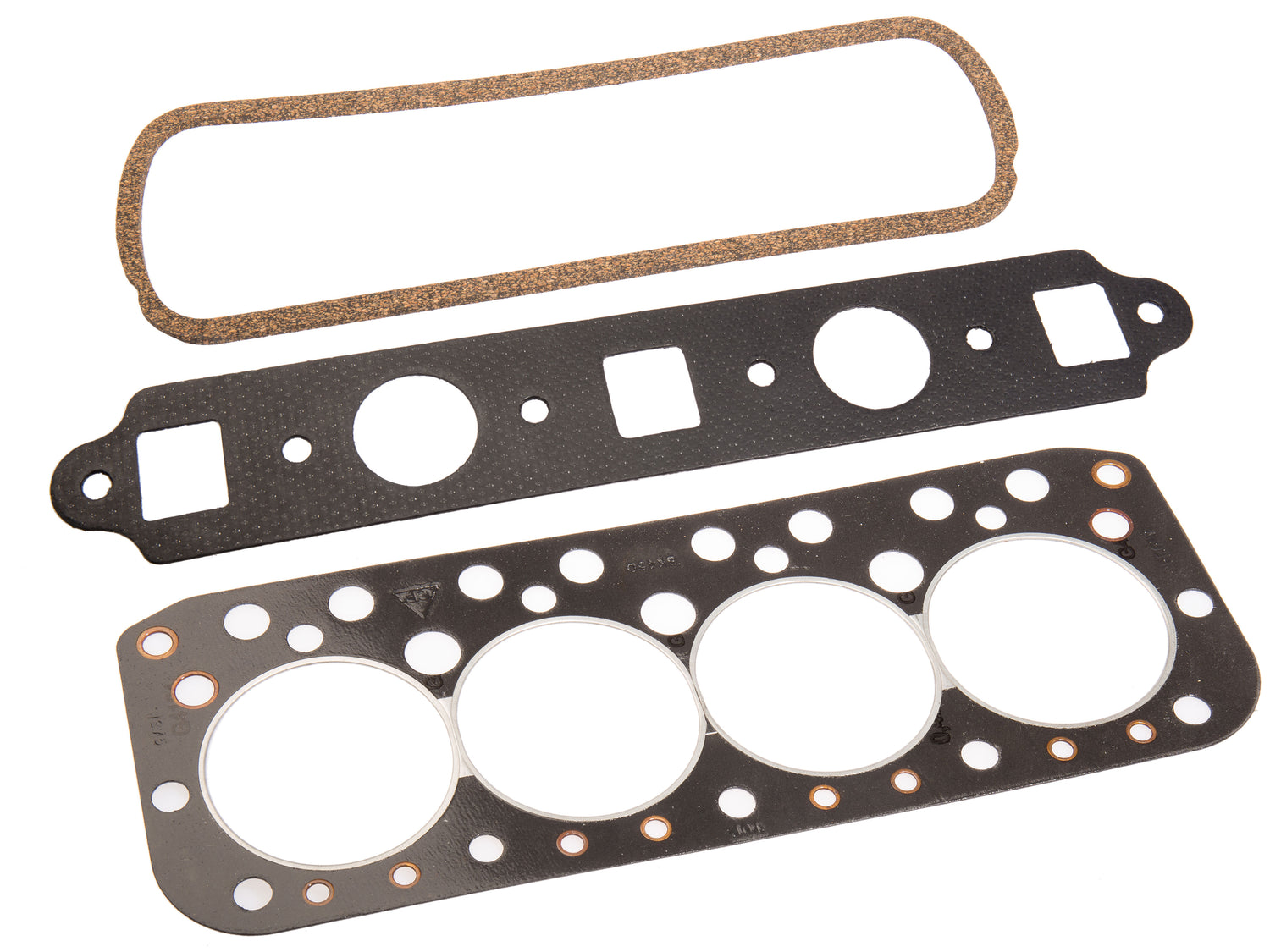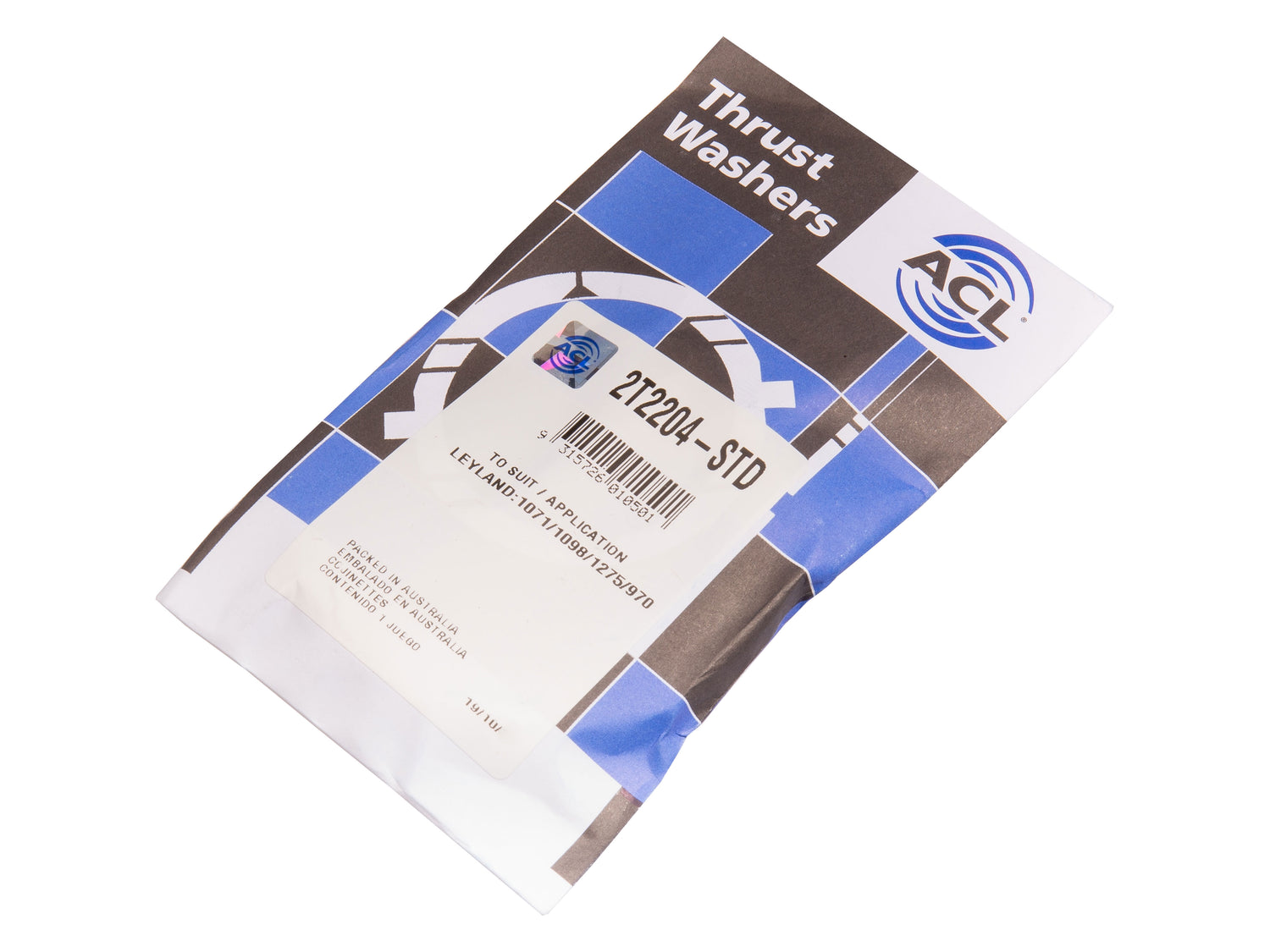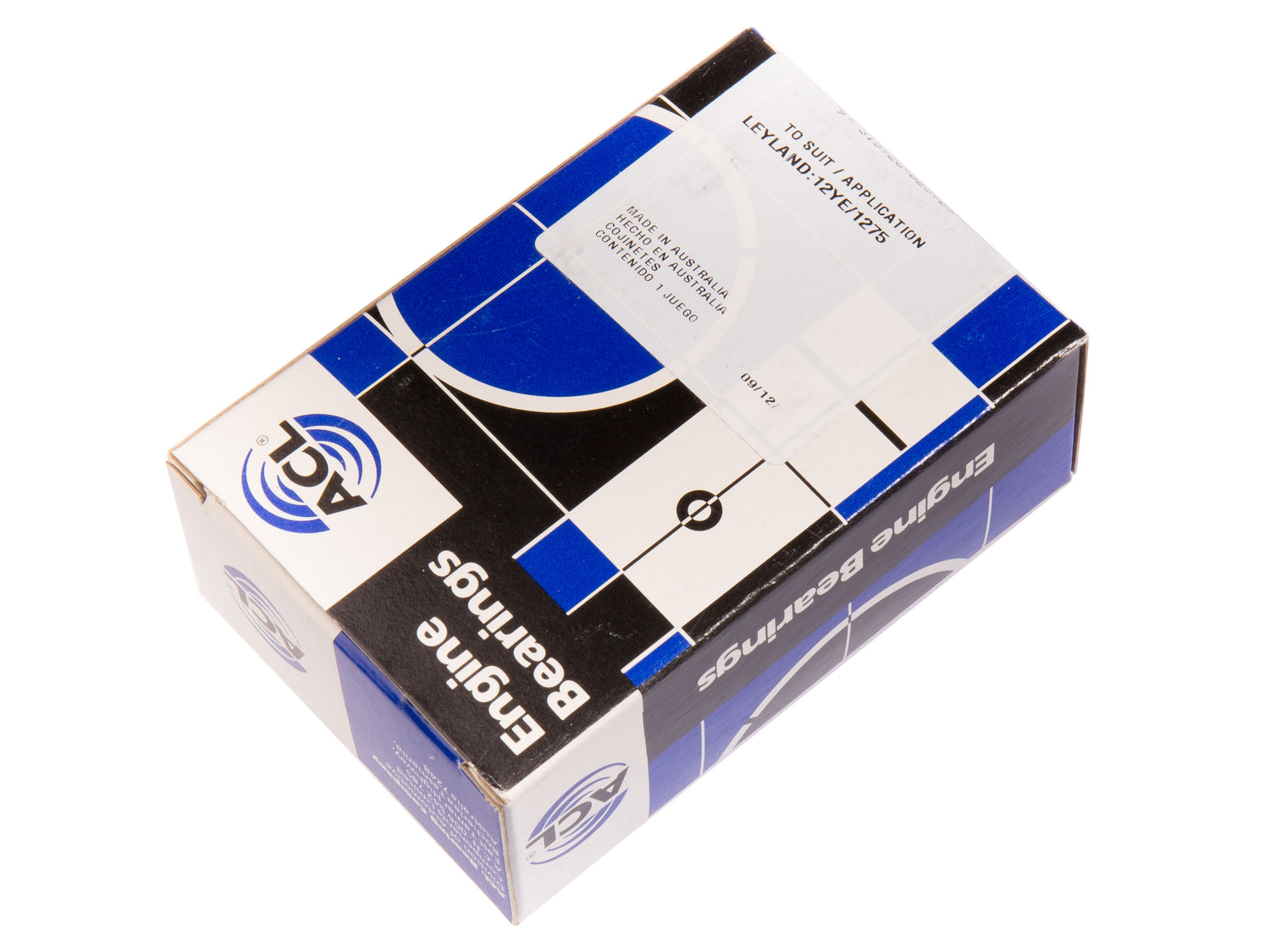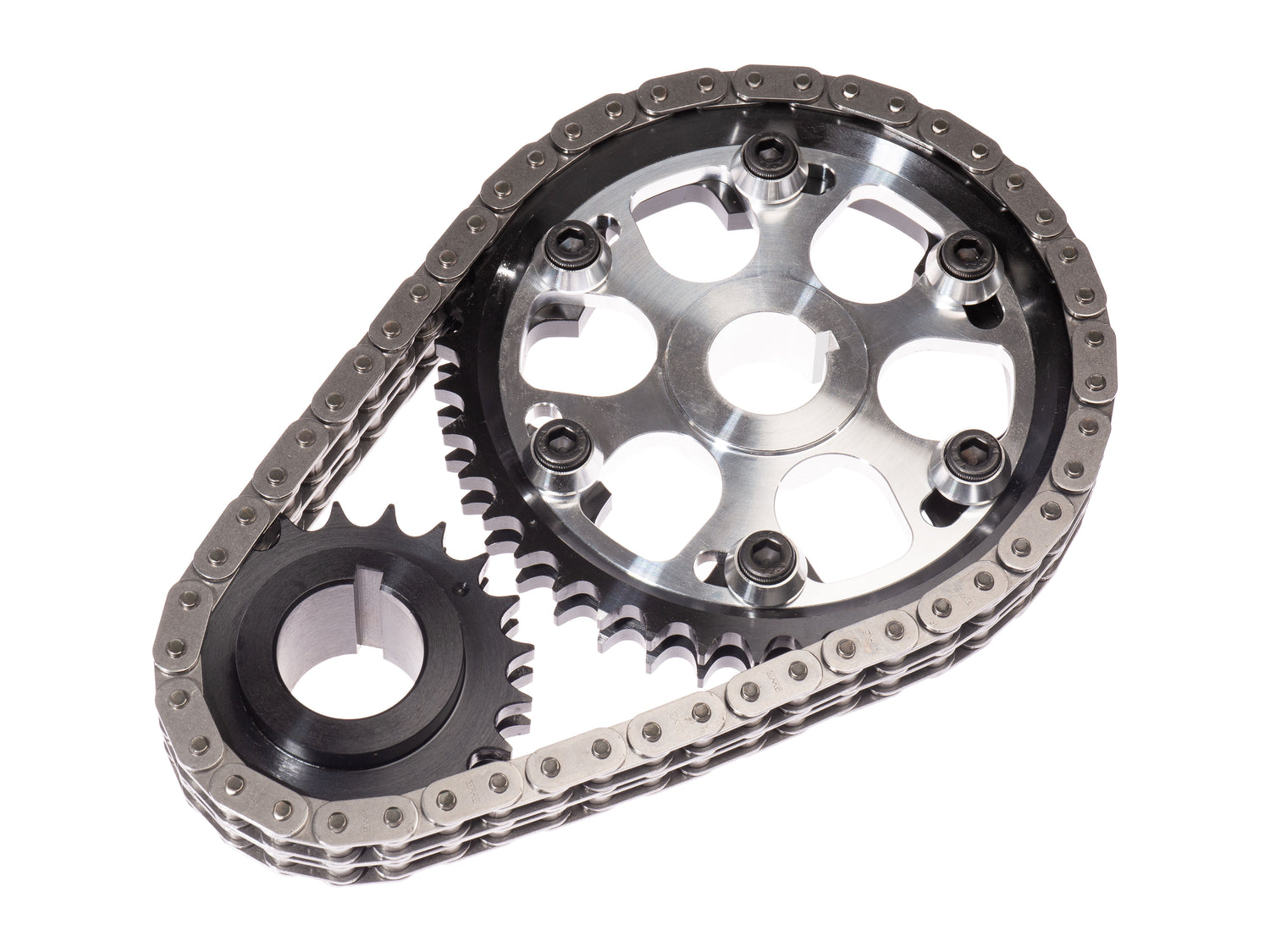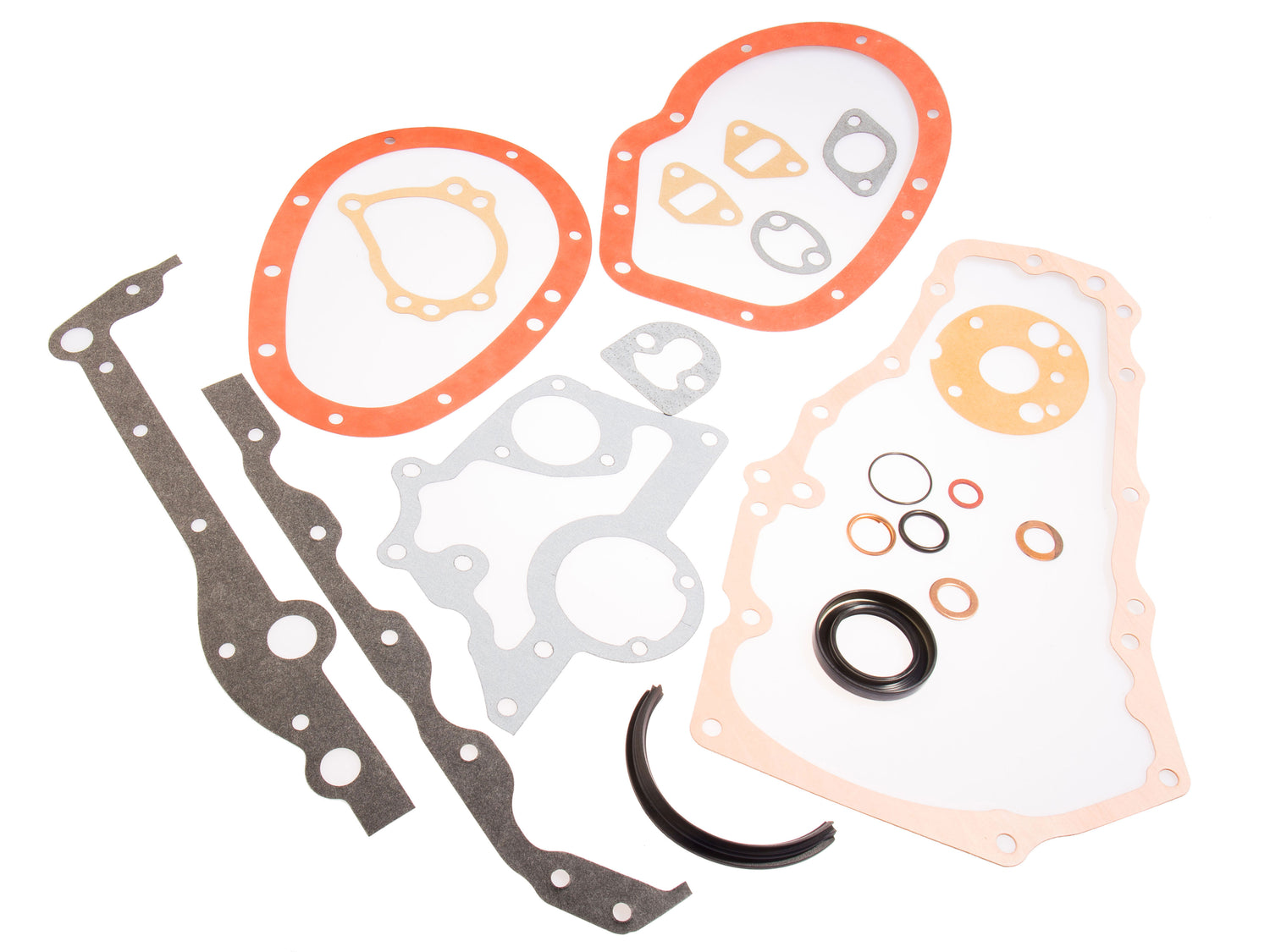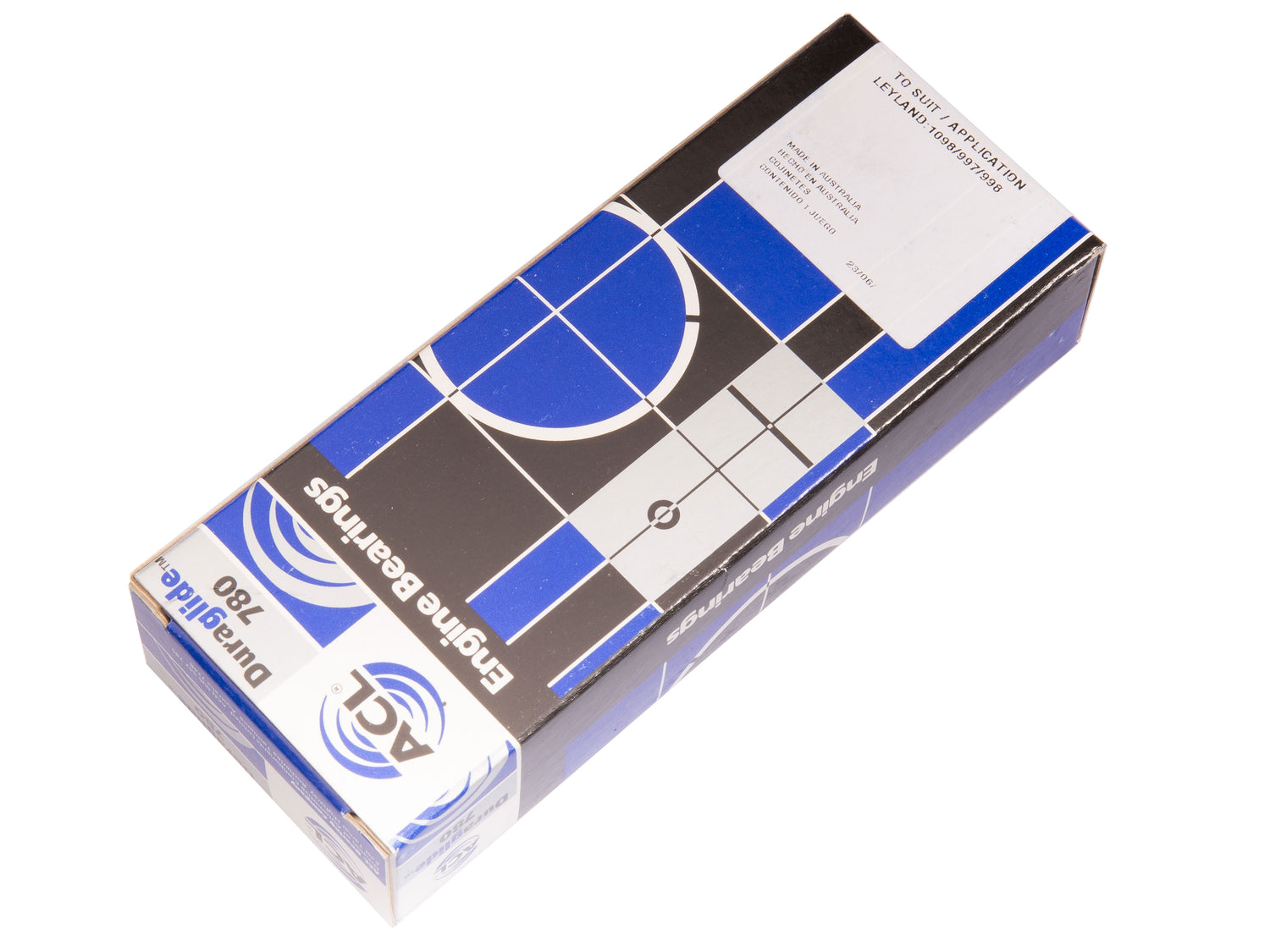Which SU carburettor is best for my classic Mini?

There's single or twin SU (Skinner’s Union) carb options for virtually every Mini engine specification, plus twin-choke Weber or Dell'ortos, and even Nikki or Reece Fish if we delve into the archives.
But for now we're looking exclusively towards SU carbs, as fitted as standard to all Minis before fuel injection was adopted in the early '90s.

Factory options
Pre-1976 Mini 850s and non-Cooper 998s came with a single HS2 1.25” SU carb, HS referring to 'Horizontal Short body' if you'd like to get technical. If you're aiming for anything more powerful than factory standard on these engines, an upgrade to a 1.5” SU would be very beneficial.
The somewhat asthmatic single 1.25” SU was replaced by a larger 1.5” carb on all small-bore engines from 1974, while the performance-oriented Cooper and Cooper S had twin 1.25" setups.
Single SU carbs fitted from the factory included HS2 (1.25") and HS4 (1.5"), or the metric equivalent HIF38 (Integrated Float chamber) on later Minis and Metros, and finally the HIF44 (1.75") for more potent 1275 models such as the MG Metro and Cooper carb.
Factory-fitment twin carbs for UK Minis were exclusively HS2 (1.25"), with HS4 (1.5") available from Special Tuning as a performance upgrade.
General recommendations
Carb selection comes down to personal choice as much as performance, as a single 1.5” or a pair of 1.25" SU carbs will potentially well work on anything from a standard 850 through to a mild 1275.
Before committing to a specific setup, it might be wise to check in with your local Mini friendly rolling road tuner to see if they have experience (and needles) for the carb of choice. Unlike a modern production car, you'll not have a plug-in remap to adjust fuel/air mixture. Without a tune-up you will not see performance gains from your upgrade; it could even damage the engine.
Single carbs are easier to set up and are also cheaper to buy, but twins offer a straighter inlet tract, with each carb aligned straight to an inlet port. With a pair of smaller carbs, air speed travelling through the bodies can be comparatively higher than a single larger carb too.
As a result, when fitted to a well designed inlet manifold, twin SU carbs can make the engine feel more responsive compared to a larger single carb, especially lower in the RPM range. They also look the business!
That's not to say a single SU will not perform well - far from. Larger-capacity road engines from 1275 through 1380 or even 1460 can work very well on a single HIF44, for example.
Below we've made some general recommendations for carbs and their ideal operating range, in terms of engine output and usage.
| SU Carb(s) | Recommended peak power range | Typical usage |
| Single HS2 1.25" | 25-40bhp | Standard 850/early 998 |
| Single HS4 1.5" | 40-60bhp | 998-1275, mild road |
| Single HIF38 1.5" | 40-60bhp | 998-1275, mild road |
| Single HIF44 1.75" | 60-105bhp | 1275-1460, road-trackday |
| Twin HS2/H2 1.25" | 40-80bhp | 998-1275, mild road |
| Twin HS4/H4 1.5" | 70-120bhp | 1275-1460, fast road-race |
| Twin HS6/HIF44 1.75" | 90-130bhp | 1380-1460, competition |

1) The single HS2 1.25" SU, as fitted to the majority of Minis until May 1974: it is good for originality and can be used on standard or lightly-tuned small-bore Mini engines. Believe it or not, a single HS2 was fitted to the 1622cc B-series engine in the Austin Cambridge and Morris Oxford.
2) In May 1974 the 1.25” HS2 carb was replaced with the HS4 1.5” SU, from which point a 1.5" inch SU was fitted to all Minis until the reintroduction of the Mini Cooper in 1990. It is probably the most versatile SU and can be used on all Mini engines from 848 through to 1275cc.

3) The Rover Cooper was fitted with a single HIF44 (1.75” equivalent) until it was replaced by the single point injection system in 1991. The HIF44 was also previously fitted to the MG Metro.

4) The ultimate Mini carb upgrade, from a visual point of view, is a twin SU set-up. Twin HS2s were fitted to the 997 Cooper in 1961 and subsequently to all 1960s Coopers and all Cooper S models until the latter were discontinued in 1971.
Sadly the 1275GT, which replaced the Cooper, was only fitted with a single 1.5” SU. I reckon the GT would have had more appeal if twin HS2s had been fitted!

5) For higher performance and larger capacity Mini engines, twin 1.5” SUs, as shown here, are ideal. They were never fitted as standard to any Minis but were used on Works competition Minis. Works cars used H4 1.5" inch carbs like these, but the later HS4 carbs are more commonly fitted today, and the price is quite a bit lower.

6) In virtually all cases, a carb upgrade will require a different inlet manifold as the cast, unitary inlet/exhaust manifolds are designed for one type of carb.
In fact, the inlet manifold plays a considerable part in the overall performance of a Mini engine - a blog post for another day.
7) High-flow inlet manifolds are readily available, such as this one in the MED HIF44 carb kit, based on the MG Metro alloy manifold.

8) When a Mini cast inlet/exhaust manifold is replaced by an upgraded, separate part, a different exhaust manifold such as a Cooper Freeflow or an LCB as pictured here; a suitable exhaust system will also be needed.

9) A different carb will require a different air filter. Original air boxes can be used if the appropriate one for the carb can be sourced. They are good for a more original look, but in terms of performance, lacking compared to something like the MED stub stack air filter kits.

10) When an original 1960s airbox is used, re-usable element(s) can be fitted.
11) Many people will opt for a bolt-on unit such as this MED performance kit. Bolt-ons are considerably more efficient, but interior noise levels inside the car will increase.

12) Something else to consider when changing carbs is the breathing system; it can be changed but, if you are planning to retain an original system such as this PCV valve on a twin HS2 set-up for original looks, replacement carbs must be chosen correctly.

13) To show some examples of the differences in SUs, this is a very early non-breather HS2.

14) This is the later, non-breather HS2 which can be modified to take the breather hose tube. Some slightly later SUs have the drilling present but capped off. These are much easier to drill out.

15) The breather tubes on a restored pair of HS2s. These carbs have been modified from capped-off carbs to accept the tubes.

16) If you are buying an HIF44 second hand, do make sure that it is an HIF44 and not a 38 as they look identical externally. Measuring the carb across the throttle opening will quickly confirm this: a 44 should measure 44mm and a 38, 38mm. Don’t be fooled by the ID tag, if it is present, as early HIF38s were known as HIF4.

17) Fitting an HIF to a 998 or 1098 can result in the carb hitting the bulkhead on acceleration or deceleration. Fitting harder steady bar bushes, or an adjustable steady bar, will usually cure the problem.

18) When sourcing replacement carbs they do not have to originate from a Mini. If they do not, then some minor modification will usually be needed. These HS2s came from an MG Midget. The Midget twin inlet manifold is not suitable for a Mini.

19) The same Midget carbs fully restored with a Mini inlet manifold and the float chamber angle adaptors changed for Mini items.

20) Often, when fitting a different carb, the original fuel pump can be retained. If not, it is easy to convert Mk3 non-S Minis to the older electric pump which is compatible with most carbs. You can also fit a Facet type electric pump for very high performance Mini engines.

21) Mechanical pumps might need to be changed due to the angle of the fuel outlet pipe. This will depend upon the type of carb, in the case of twins, whether you are using an original type metal fuel pipe and how you are routing the pipework.

22) Earlier, rebuildable fuel pumps had separate top sections and the fuel outlet could be pointed in any direction.

23) Twin manifolds are located on the cylinder head by two rings. For mildly-tuned engines these can be retained but they can be removed and the manifold opened out to increase gas flow.

24) Inlet manifolds vary in efficiency. The worst are the Mini OE cast, combined manifolds. The best standard manifold was the factory MG Metro, it was seconded by a modified factory twin HS2 manifold such as this. The locating rings have been removed and the outlet enlarged and matched to a modified head. It is located by pins which engage with the holes in the manifold.
August 2025







